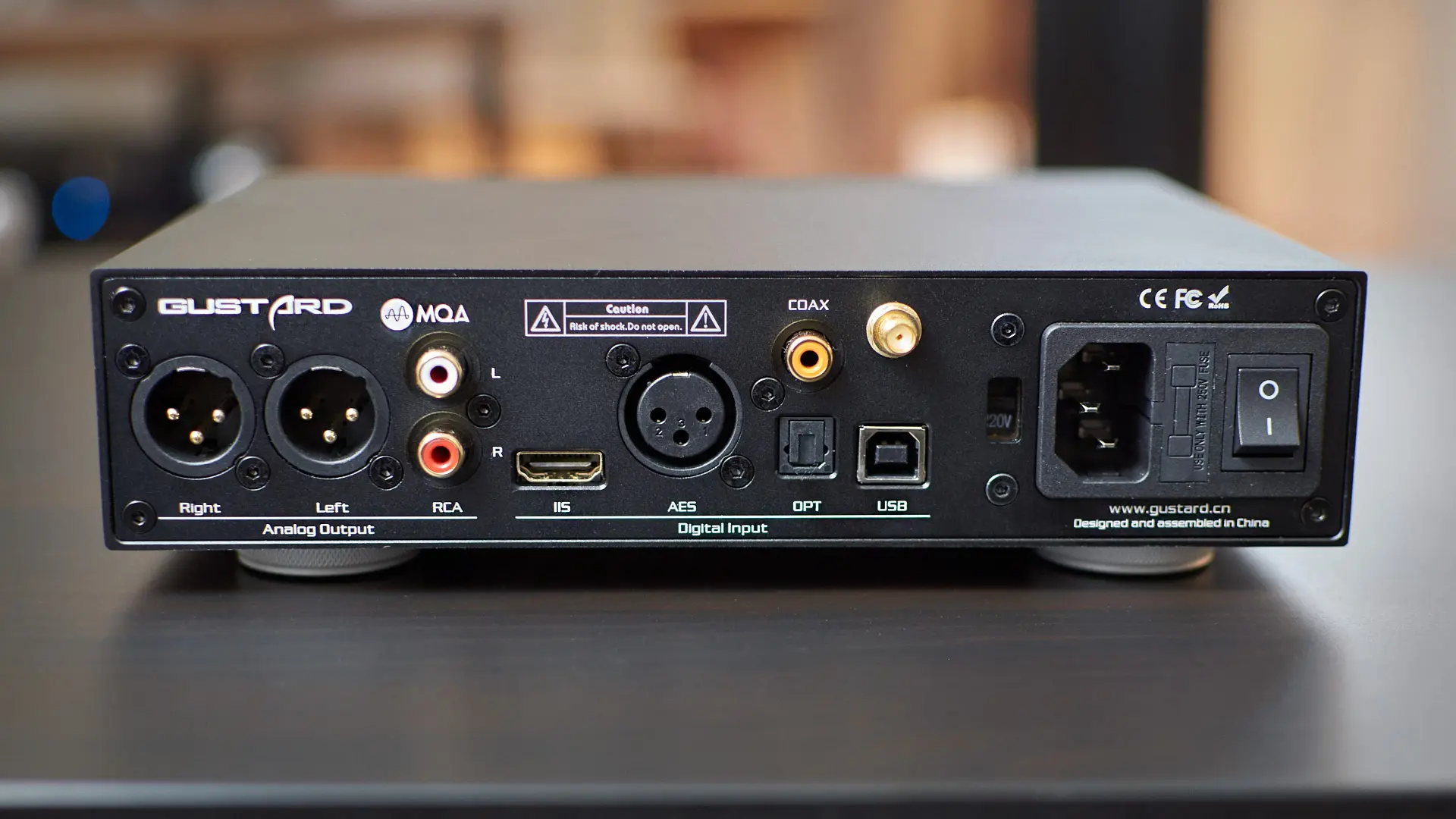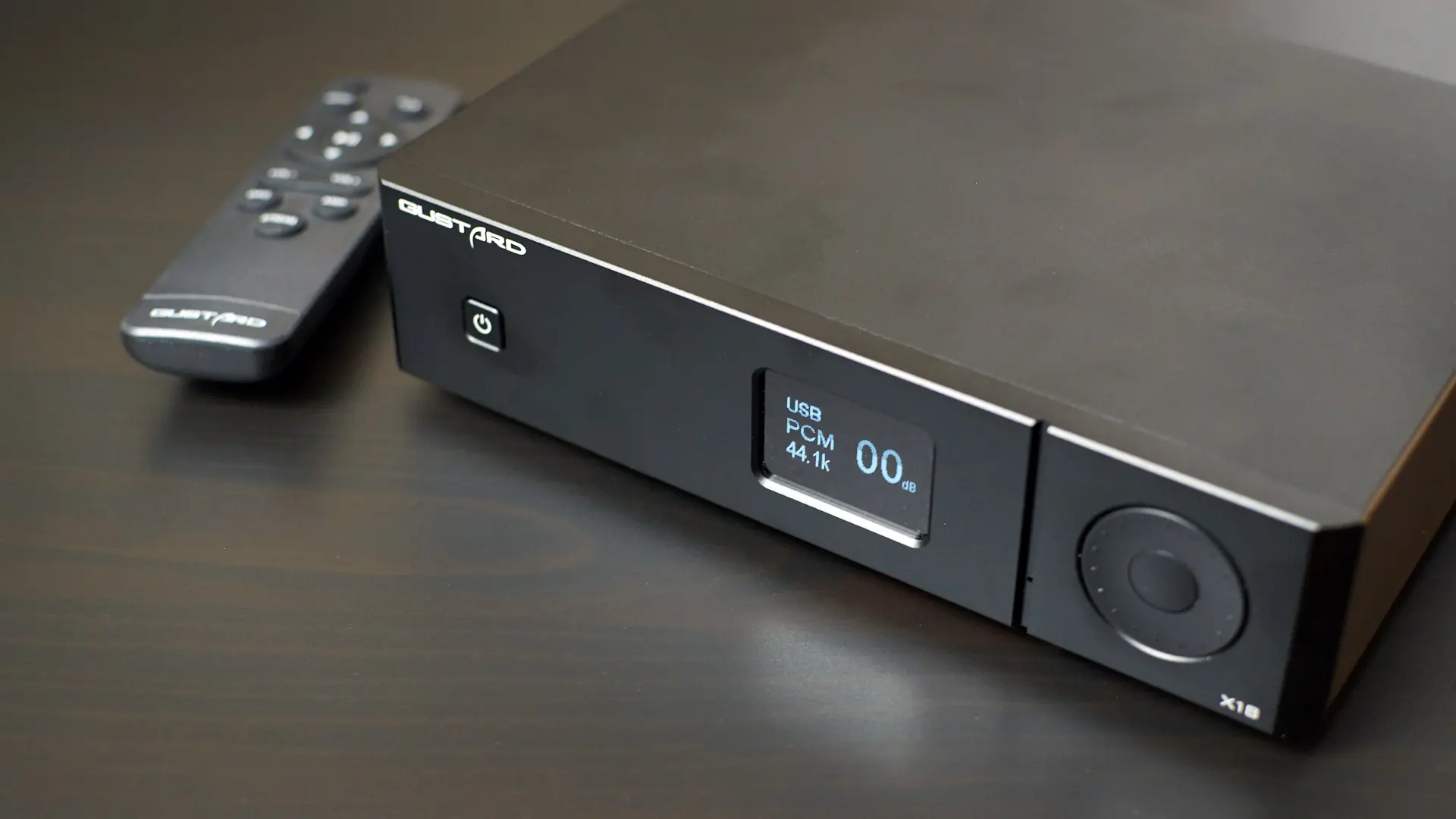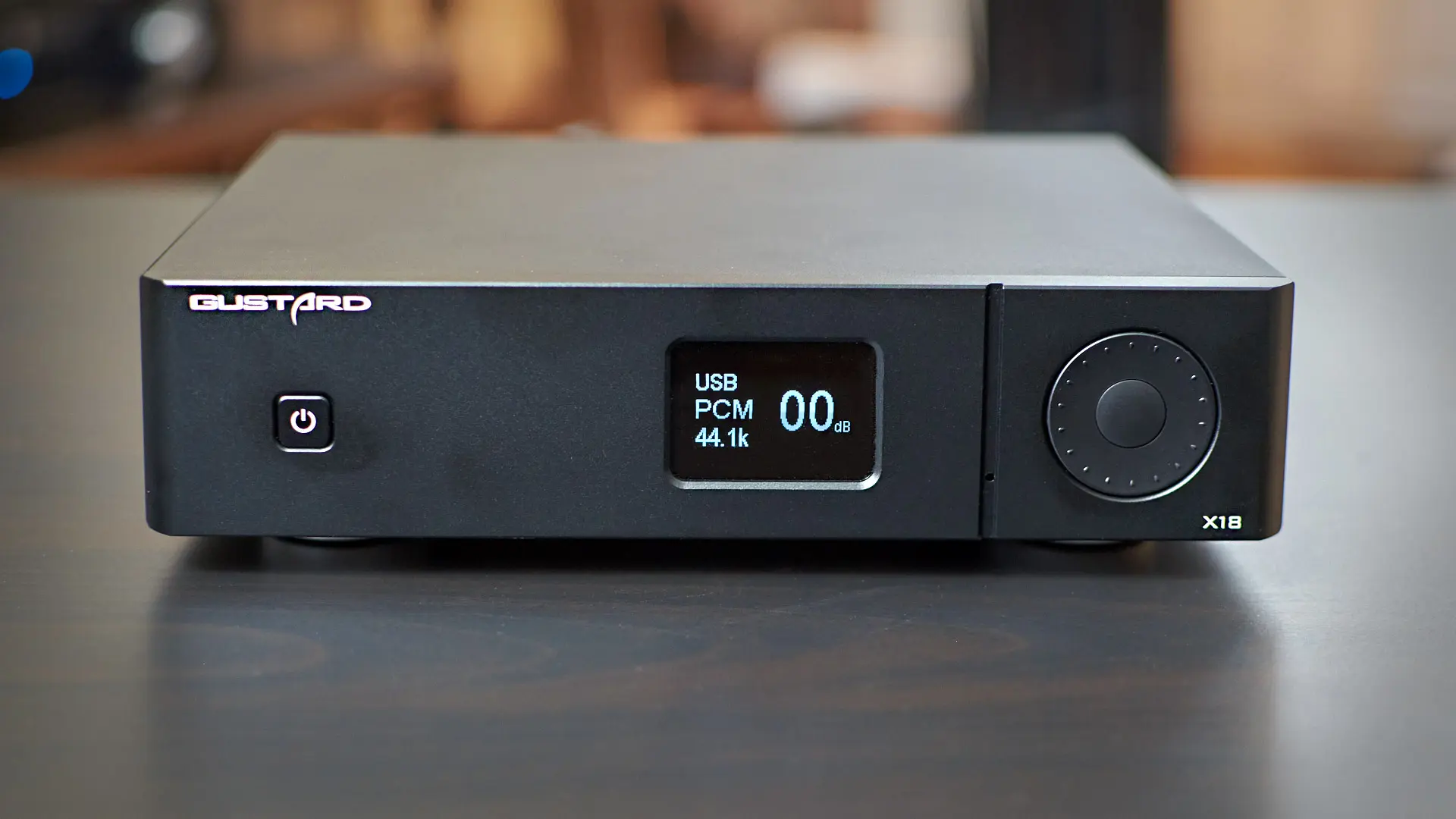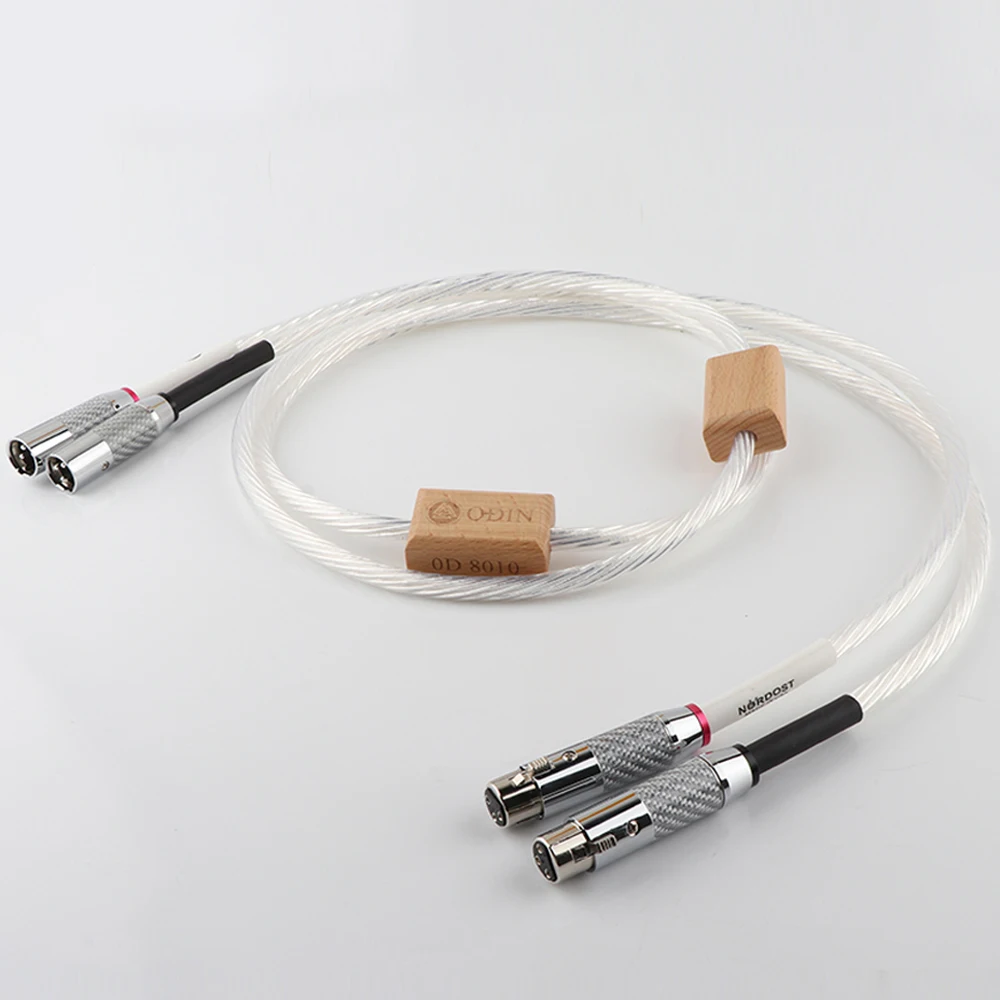With a price tag of 750 dollars/euros, Gustard X18 sits just above their most affordable X16 model. Gustard brand has been around for quite some time now, they started their journey with models costing more than one thousand and slowly expanding their line-up in an attempt to put a foot into this competitive segment of the market. But can they challenge the masters of this budget segment like Topping and SMSL? Let us find out.
Specs and Features
Gustard X18 is based around the well-known Sabre ES9038 Pro DAC chip. To put their own twist on it, Gustard is using several technologies, starting with eight OPA1612 AOPs as independent I/V converters, each dedicated to a channel of the DAC. The Altera Max V CPLD is tasked with clock management, PLL, DoP decoding, and digital filters. Two Accusilicon A5318-B clocks are used to synchronize the signal and provide low jitter. USB interface uses XMOS XU216 processor, and in case you’re wondering – full MQA unfolding is supported and backed by hardware. Finally, Gustard X18 features Bluetooth 5.0 reception, allowing you to stream your music remotely, for example from a smartphone or tablet. The integrated chip supports high-definition transmission codecs such as aptX HD and LDAC.
The connectivity of this unit is rich. Starting with digital inputs, we get USB-B, optical and coaxial SPDIF, AES, and I2S via HDMI. On the analog side of things, both single-ended RCA connectors and balanced XLRs are provided. These line outputs provide 2.5 and 5 Volts levels respectively.
Worthy to mention is that Gustard’s build quality is great and the whole unit feels hefty. The remote control is provided and you can use the in-built volume control if you wish soo. The OLED display in the front is easily readable up close but due to the small font not so much if you sit back on your couch.
Armed with all this knowledge about its design, let’s put this DAC to the real test and find out how it sounds.

Sound
Once up and running, Gustard X18 proves to be a capable performer. Tonality is as neutral as it gets, with no part of frequency response trying to steal the show. The bassline is deep but very well controlled, creating fast and agile bass notes no matter what type of material you’re playing. However, that well-behaved bassline doesn’t pack much punch and kick so the overall sound signature might appear a tad lean in some systems. The rest of the frequency spectrum is presented in a similar manner. Tonality is very neutral across the board and detail retrieval is second to none in this price range. Luckily, this doesn’t come packed with any sort of aggressiveness or overcooked sharpness, so X18 sounds lean and precise but very smooth.
Moving to the soundstaging, Gustard X18 is capable of spreading a wide soundstage with plenty of air. Instruments are well separated and have a good amount of empty space dividing them so I never thought this DAC sounds congested in any way. That said, the soundstage depth is nothing to write home about and the same is true about the overall sense of each tone’s three-dimensionality. There’s just not much happening on that front.
Dynamics are good and Gustard X18 sounds lively. This is especially true when it comes to microdynamics and quick changes of pace. Big dynamic swings on the other hand can be bettered if this DAC is put directly against some of the best competitors in the class, which actually leads us to that part.

Comparisons
Denafrips Ares II is an R2R DAC with very different sound philosophy. While Gustard offers a very incisive, very neutral, but tonally lean presentation, Ares II is all about huge soundstage, tone richness, and tone palpability. This full and rich presentation however blurs and hides the tiniest of details. Which one is better you ask? Well, I definitely preferred Ares II for my music enjoyment but if I needed to do any sort of sound mixing, I would trust Gustard to tell me the truth better. Gustard also offers a much richer set of features whereas Ares is a very spartan device.
SMSL M500 MKII is a more affordable unit based on the exact same DAC chip. That’s not important, but the sheer sound fidelity of this unit is. M500 MKII sounds fuller and punchier in the bassline. The midrange is lush and three-dimensional, while the highs manage to sound clean and smooth. Gustard is still more neutral, and probably slightly more incisive when it comes to the tiniest of details but my personal tonal preference leans towards SMSL. M500 MKII is also a feature-packed DAC that offers preamp functionality and supports all sorts of Hi-Res files, MQA decoding, etc. The only thing missing on this SMSL but found on Gustard is AES and I2S connectivity if that’s important to you.
Topping D90LE is also a champion when it comes to delivering tons of details and crisp edges with neutral tonality. It is actually the only DAC I can think of at this price level that even surpasses X18 when it comes to sheer detail retrieval. But D90LE does it while offering the bassline with more grunt and weight. The sound across the board actually feels more dynamic and lively, with a slightly richer tone timbre and tone decay. Even soundstaging feels slightly competent on D90LE with slightly better three-dimensionality. Otherwise, these two DACs are closely matched with functionality, but Topping doesn’t support MQA if that’s what’s important to you. For that, you would have to go to one hundred dollars more expensive D90SE.
Conclusion
Gustard X18 is a well-made and feature-packed product that won’t leave you wanting in terms of connectivity and versatility. Sonics are good if not spectacular, X18 sounds controlled, neutral, and smooth but with leaner tonality. Truth to be told, leaner tonality was never my cup of tea, but if you feel that’s something that would match your needs and preferences that shouldn’t be stopping you.
| GUSTARD X18 – CHARACTERISTICS |
|
DAC chip: Sabre ES9038 Pro |





